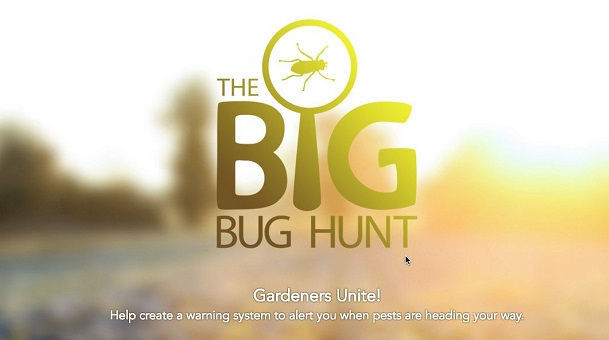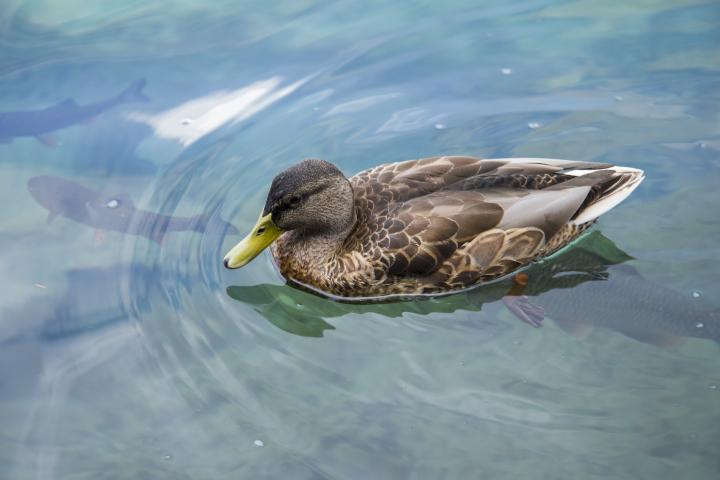Ready for a mind-expanding adventure? From testing water quality to reporting garden bugs, there’s a citizen science project that fits with any hobby, interest, or curiosity that you may have. Take a look!
Science is one important way of exploring and understanding the world we live in through observation, data collection, and various forms of experimentation.
What is Citizen Science?
With citizen science, laypeople—often trained by experts—participate in scientific research and make change possible.
Across the U.S., citizen volunteers are involved in thousands of citizen-science projects, conducting butterfly counts, wildlife censuses, monitoring local weather, participating in archeological digs, documenting the spread of invasive species, reporting meteors, studying variations in bird plumage, and more.
Volunteer citizen scientists not only contribute to the body of scientific knowledge as a whole and extend the efforts of paid professionals, but expand their own knowledge and social connections, and often share what they’ve learned with others, increasing scientific literacy among the general population.
The Big Bug Hunt
One easy citizen science project, sponsored by The Old Farmer’s Almanac, is The Big Bug Hunt. You can help create a warning system that will alert gardeners when pests are headed their way. Help report bugs.

Water-Quality Testing
Now let me tell you about my own volunteer job as a citizen scientist, which is about water-quality testing. Along with several others from my town’s conservation commission and volunteers from a neighboring town, using testing equipment provided by the New Hampshire Department of Environmental Services (NHDES), we conduct water-quality tests on four locations of our local river from late April through early October, as part of the NHDES Volunteer Rivers Assessment Program (VRAP). This spring, we’ll begin our 11th year of collecting data.
We joined the nearly 200 VRAP volunteers who sampled from 85 rivers/streams throughout New Hampshire, saving an estimated $63,000 if the work had been done by environmental professionals.
We test our samples for four water-quality parameters: turbidity, pH, specific conductance, and dissolved oxygen. We also record the water and air temperature, the weather conditions over the past several days, and our general observations of the river.
The state compiles and reviews for quality assurance the data collected by VRAP volunteers sampling from more than 50 N.H. rivers. NHDES includes our data in reports to the U.S. Environmental Protection Agency (EPA) as required by the Clean Water Act, as well as for watershed planning.
Changes in the chemistry of our river water can indicate new activities upstream that could harm the river’s water quality. Our years of reliable baseline data could provide regulators with the hard evidence they need to order polluters to stop or change their practices.

People who live on and near a river tend to know it intimately and care about it, because they fish, swim, canoe, kayak, watch birds, or simply enjoy the sights, smells, and sounds of the river environment. Rivers provide habitat for many species of wildlife, and many rivers (including ours) serve as sources of public drinking water.
Our team has sampled the river in driving rains, stifling heat, dense fog, and air thick with biting flies, mosquitoes, or midges. While we work, we catch up on the local news and what’s going on in our individual lives.
For example, I often with work with Laura, a wildlife biologist with New Hampshire Audubon. Laura can identify any bird that flies overhead or calls from the surrounding woods. She knows their mating, nesting, and young-rearing habits. She’s also enrolled in a PhD program in environmental studies, and fills me in on books and papers she’s reading, as well as progress on her fieldwork researching Blanding’s turtle, an endangered species. (In turn, I’ve helped edit some of her papers.)
Think Globally, Act Locally
“Think Globally, Act Locally,” a popular slogan of the 1970s, encourages people who care about the Earth and its resources to take specific, concrete actions that help protect and improve environmental conditions close to home, while continuing to spread the knowledge that natural/ecological systems are interconnected around the world.
Across the U.S., ordinary people, including children, teens and college students, are indulging their curiosity, expanding their understanding, and contributing to the wealth of human understanding by acting locally in citizen science initiatives.
How to Get Involved
Interested? Search this citizen science Web site and look for projects that fit your interests and your location. I guarantee you’ll be amazed at what turns up!
Comments